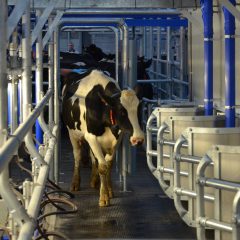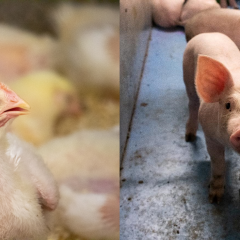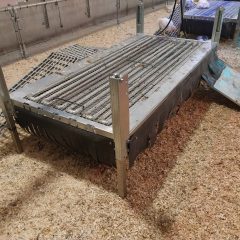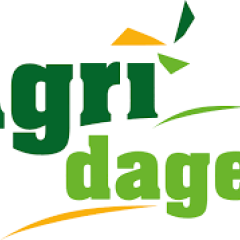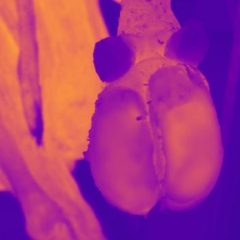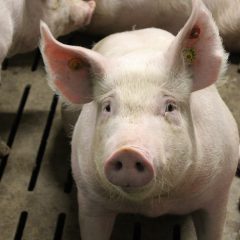Research project Optimizing the use of the free range as the key to improve organic chicken production
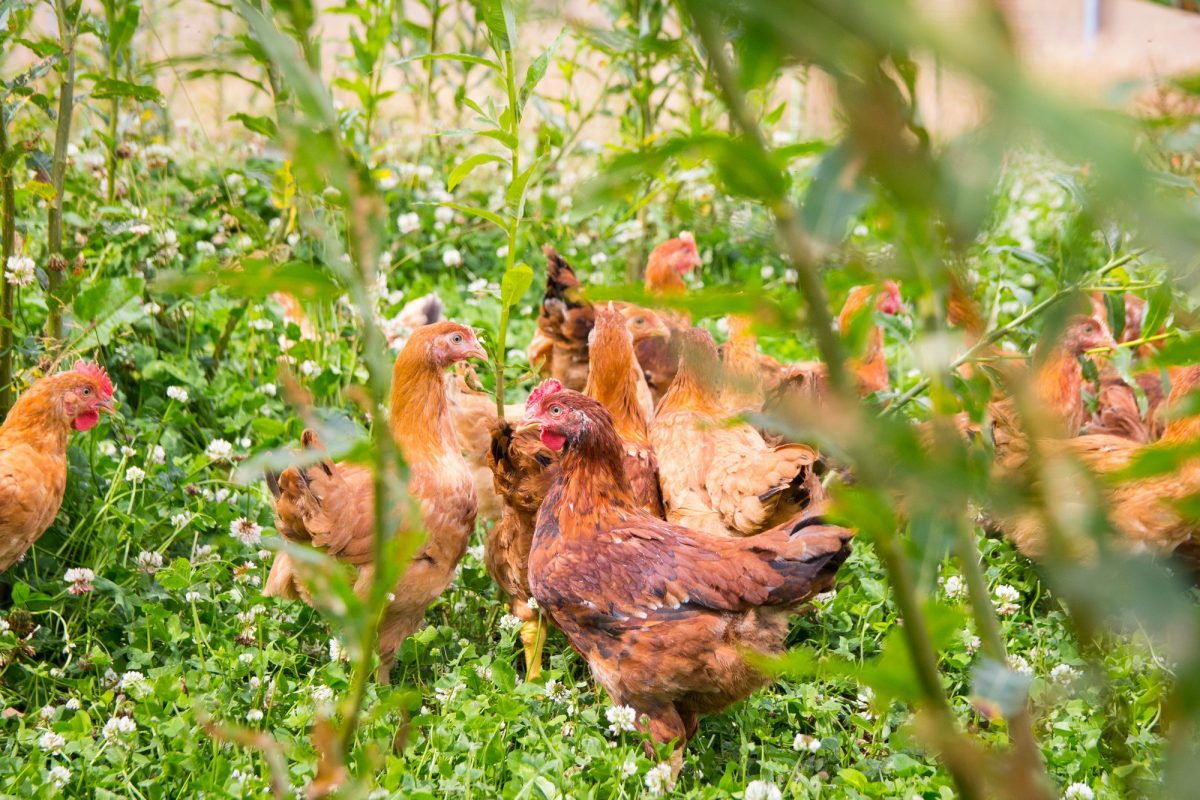
General introduction
Within the European CORE Organic project Freebirds, ILVO and the University of Utrecht study the ranging behavior of individual hens and relate that to their welfare and production.
Research approach
Two experiments took place at ILVO. Four groups of slow growing Sasso broilers (trial 1) and 2 x 2 groups of Novogen Brown laying hens (trial 2) were housed in mobile coops with access to two types of vegetation area (short rotation coppice and grassland with small hazelnut trees). The broilers' use of the range was tracked using an ultra-wideband system and active tags on the birds in a small backpack, which allows determining the exact location of individual birds. The layers' use of the range was tracked with a passive RFID system using a leg ring and antennas placed around the range.
Relevance/Valorization
The FREEBIRDS project has now ended. The broiler chicken study shows a large variation between individuals in the use of the spout. Consistent users can be distinguished from inconsistent ones that only use the outcrop on a few days. The chickens traveled greater distances in the short-range coppice, which may indicate a preference for this vegetation type. In the laying hen study, we see that the majority of hens want to be in or near the henhouse, although other areas of the run were also used by some. The most common welfare problems in the layers remained foot pad dermatitis, sternum lesions and comb damage. The experiment shows no significant relationship between using or not using the free range area and the occurrence of these problems. Offering variation in the run appears to be important to encourage use of the run, in both broilers and layers.
Financing
EU Horizon2020

